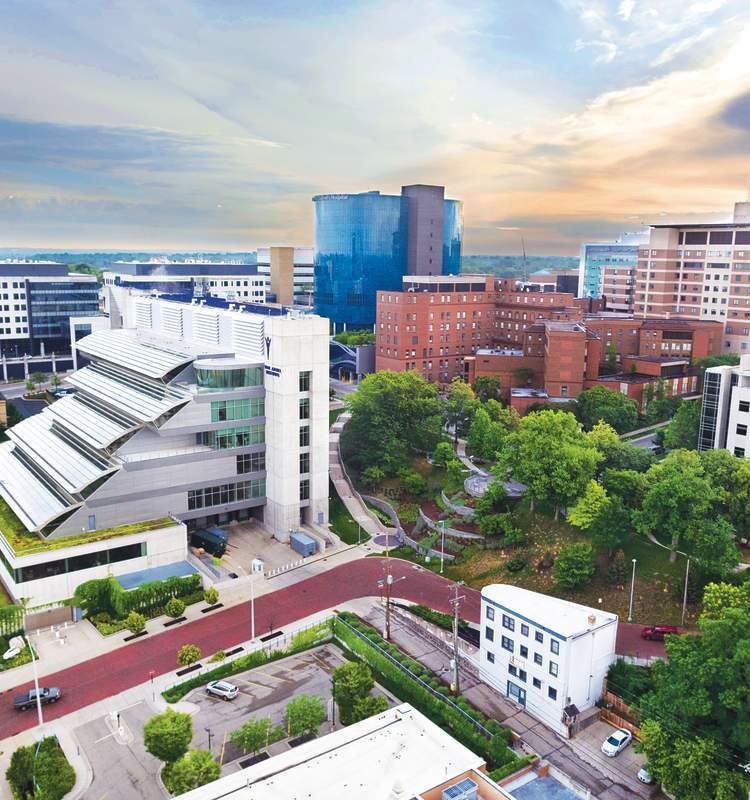Medical Meetings & Conventions in Grand Rapids
The pioneering spirit of Grand Rapids flows throughout our destination like the mighty Grand River. Bolstered by collaboration, innovation, and the drive for advancement, our city possesses a core of development in life sciences, making us an emerging Midwest destination for medical meetings.
Our team at Experience Grand Rapids assists you one-on-one to address the specific needs for your medical meeting or conference. Utilize our knowledge of the medical meetings sector and let us provide you solutions against common obstacles such as budget caps, regulations, venue options, complex reporting requirements, and more.
Dining Options a Half Mile or Less from the Convention Center
One of the best things about meeting in a new host city is the opportunity to get out and explore…
Things to Do Near the DeVos Place Convention Center
One of the many advantages of Grand Rapids’ downtown convention neighborhood is that…
Grand Rapids' Airport is Full of Art
The Gerald R. Ford International Airport (GFIA, or GRR as it is known locally) became home to an…
Shopping Stores Near the Convention Center
One of the joys of meeting in a new city is the opportunity to explore local shops and discover…
Lunch Options a Half Mile or Less from the Convention Center
A lunch break is a great opportunity to explore the culinary scene in downtown Grand Rapids…
Unique meeting locations a short drive from Grand Rapids
Off-site meetings can be game-changers, and, if you get creative with the location, they can be…
Restaurants with meeting space near Grand Rapids' convention campus
As a meeting planner, it’s a wonderful thing when your convention center has everything you…
Our Talented and Experienced Team
With more than 160 years of combined meetings industry experience, our sales and service staffers…
Grand Rapids Has a Team of Downtown Ambassadors Ready to Lend a Hand
A hotel with a strong concierge service is a bonus when planning events, meetings, or conferences…
Five reasons the Gerald R. Ford International Airport makes traveling easy
When it comes to easy and efficient air travel, the Gerald R. Ford International Airport (GRR) in…
Breweries with meeting space near Grand Rapids' convention neighborhood
If your organization is meeting in Grand Rapids, which has been known as Beer City USA since 2012…
Looking for walkability? Try Grand Rapids
Downtown Grand Rapids is walkable – one of the top 14 walkable destinations in the U.S…
Grand Rapids breweries within walking distance of the convention center
Grand Rapids was first dubbed Beer City USA in 2012. Since then, its reputation, and the reason for…
Off-site meeting spaces a half mile or less from the convention center
Offsite conferences already shake up the routine and lend themselves to new ideas and discussion…
Why consider CMP certification?
When meeting planners reach a high level of knowledge, expertise and experience in the industry…
Additional Resources
With more than 44,000 local jobs tied to biosciences and over $2 billion in recent investments in related infrastructure, West Michigan is one of the fastest growing life sciences clusters in the country. (Source: The Right Place)
The Right Place
Read about Grand Rapids' life sciences industry including education, research, patient care and medical manufacturing.
Grand Rapids Meetings
Fueled by an innovative, pioneering spirit, this collaboration has helped the city achieve one of America’s strongest economies – and it can help you deliver one of your most effective and memorable meetings.






















